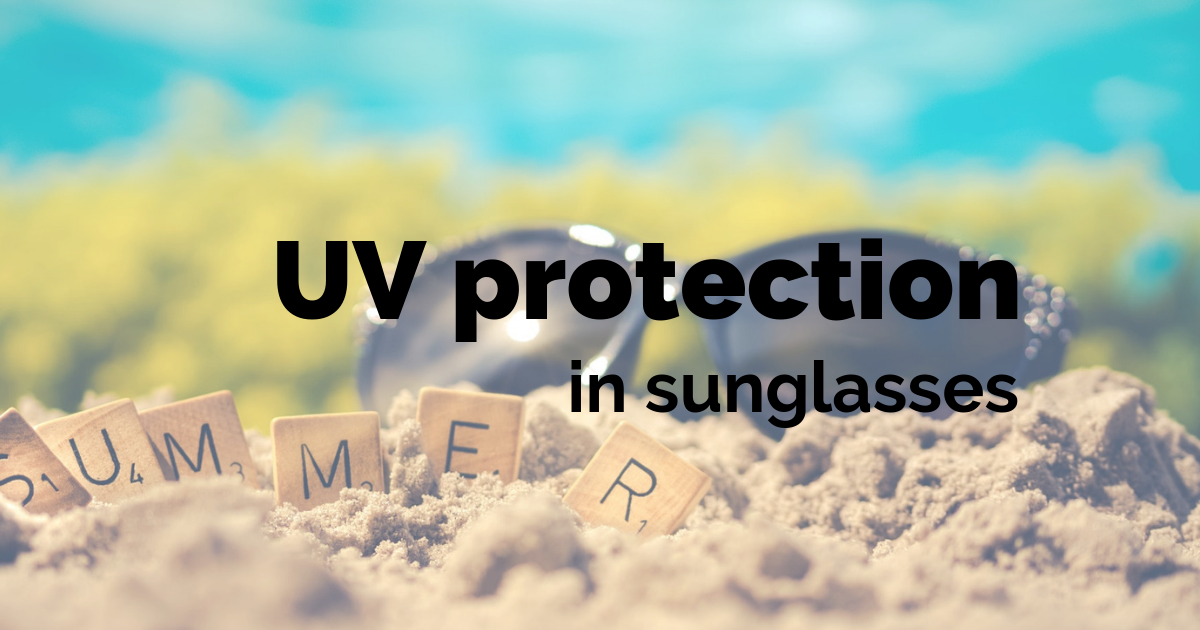Photokeratitis, although not commonly heard of, is a condition that affects the eyes due to overexposure to ultraviolet (UV) rays. Sometimes referred to as “sunburn of the eye,” it can occur after spending extended periods in environments with high UV radiation, such as sunny beaches or snowy landscapes. In this article, we’ll explore what photokeratitis is, its common causes, symptoms, and available treatments.
I have personally experienced this after spending a good 4 hours outside with a hat on but no sunglasses. What I failed to take into consideration was the bounce of the UV rays hitting the ground and the water to then bounce into my eyes. I didn’t notice this until a few hours after getting home. I had to put col compression on and just lie there with my eyes closed. I couldn’t keep them open for more than a few seconds. You would think a guy like me would have been smarter. So please do not think this is a sales push for our prescription sunglasses. Sunglasses are just really important.
Common Causes of Photokeratitis
- Sun Exposure: Prolonged exposure to the sun’s UV rays, especially during peak hours (usually between 10 am and 4 pm), can lead to photokeratitis. This is particularly common in outdoor activities like skiing, snowboarding, or sunbathing without adequate eye protection.
- Artificial Sources: Exposure to artificial sources of UV radiation, such as welding torches, tanning beds, or industrial lamps, can also cause photokeratitis. These sources emit intense UV rays that can damage the cornea and conjunctiva of the eyes.
- Reflection: Surfaces like sand, water, snow, or concrete can reflect UV rays, increasing the risk of photokeratitis. This phenomenon, known as “snow blindness” or “sandblasted eyes,” often occurs in snowy or beach environments where UV rays bounce off reflective surfaces.
Symptoms of Photokeratitis
- Pain: Photokeratitis can cause significant discomfort in the eyes, often described as a burning or gritty sensation. This pain may intensify with blinking or exposure to bright light.
- Redness: The eyes may appear red and bloodshot due to inflammation caused by UV exposure.
- Tearing: Excessive tearing or watery eyes are common symptoms of photokeratitis as the eyes attempt to flush out irritants and soothe the cornea.
- Sensitivity to Light: Photokeratitis can increase sensitivity to light, a condition known as photophobia. Individuals may experience discomfort when exposed to bright lights or sunlight.
- Blurred Vision: In severe cases, photokeratitis can cause temporary blurred vision or difficulty focusing on objects.
Treatments for Photokeratitis
- Cool Compresses: Applying cool compresses to the eyes can help alleviate pain and reduce inflammation associated with photokeratitis. Cold, damp cloths or commercially available eye masks can provide soothing relief.
- Artificial Tears: Lubricating eye drops or artificial tears can help moisturise the eyes and relieve dryness caused by photokeratitis. These drops can also flush out irritants and facilitate the healing process.
- Pain Relief: Over-the-counter pain relievers, such as ibuprofen or paracetamol, can help alleviate discomfort associated with photokeratitis. However, it’s essential to follow dosage instructions and consult a healthcare professional if symptoms persist.
- Rest and Protection: Resting the eyes and avoiding bright lights or sunlight can promote healing and prevent further irritation. Wearing sunglasses with UV protection, a wide-brimmed hat, or protective goggles can shield the eyes from UV rays and facilitate recovery.
- Medical Attention: In severe cases of photokeratitis or if symptoms persist, seeking medical attention from an eye care professional is essential. They may prescribe medicated eye drops or ointments to manage inflammation and promote healing.
In conclusion, photokeratitis is a painful but preventable condition that results from overexposure to UV radiation. By taking proactive measures to protect the eyes from harmful UV rays, such as wearing sunglasses, avoiding artificial sources of UV radiation, and taking breaks in shaded areas, individuals can minimise the risk of developing photokeratitis. If symptoms of photokeratitis occur, prompt treatment and appropriate eye care can help alleviate discomfort and prevent long-term complications.

 Why sunglasses are just as important in winter
Why sunglasses are just as important in winter Do all sunglasses provide UV protection?
Do all sunglasses provide UV protection? How to Relieve Tired Eyes
How to Relieve Tired Eyes An interview with James Moon, Founder of Sight2Save
An interview with James Moon, Founder of Sight2Save